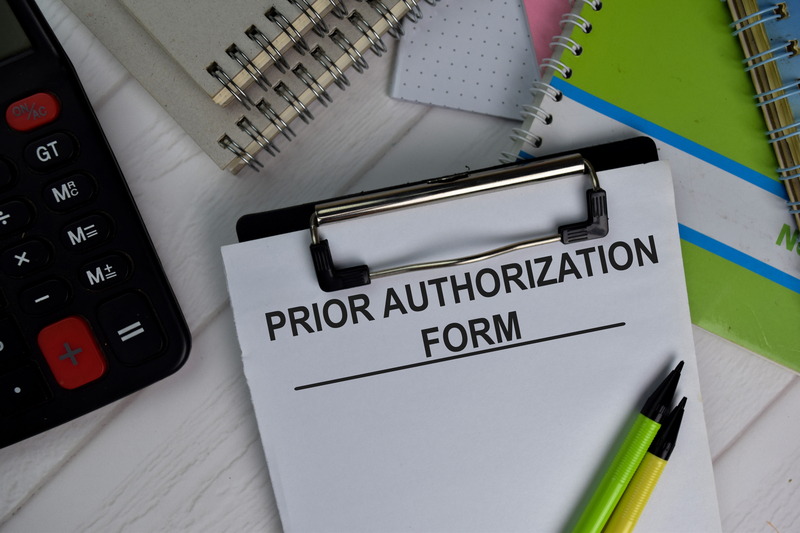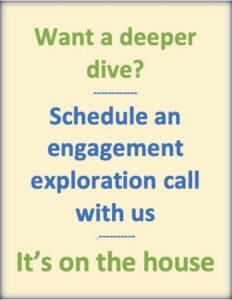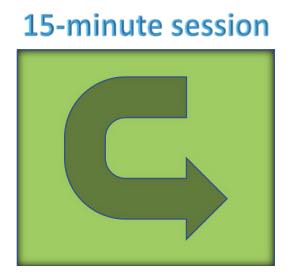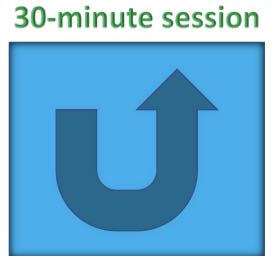The Human View™ Blog

Pre-Cert Sentinel - A Novel Cost Mitigation Strategy
Woven throughout the health plan cost mitigation dialog for some years now has been the idea of engaging the employee / patient / member in the process. Obviously, without the human being taking part in the programs, the likelihood of achieving better care and cost outcomes is, well, very low.
In this post, we'll revisit one of the clinical management components that has been embedded in most health plans for over 3 decades: Pre-Cert. Nobody really talks much about it; seems it was long ago relegated to the dustbin of rubber stamp bureaucratic "why are we doing this?" requirements.
But what if it actually holds untapped potential as a powerful sentinel event for transforming health plan cost management strategies - and for fostering a more engaged, healthier population along the way?

More than just a gatekeeper?
It's eminently sensible for health plan managers to evaluate whether a proposed treatment that's going to cost more than (say) $500 is "appropriate." But what if we were to use this step - actively - to better engage members at a critical point in their care journey?
When an employee / patient / member needs significant care, they're inherently motivated to comply with necessary steps to gain approval, creating a prime moment for deeper engagement. Similarly to how a new hire will answer pretty much whatever questions their new employer wants to ask, someone needing healthcare will be far more open to participating in a process to maximize the effectiveness and structure of their care.
Presenting them with a fresh, new opportunity
While the pre-cert process typically happens "in the background," between the provider and the health plan, in this approach we would insert a member engagement framework into the approval process.

It might go something like this:
"Dr. Jones has reached out to us to approve an important treatment for you. To help him/her, and us, and you move through this as successfully as possible, we want to be sure we're providing you the health information you need, in the way you want to receive it. So please complete this short quiz so we all get on the same page regarding your health learning style. It’s all about how you see things, so, please click here to take advantage of this plan communications upgrade."
As you might have guessed, the 12-Question Profiler reveals the member's psychographic profile, so that the health plan - and, ideally, the provider as well - can gain valuable insights into the employee / patient's health behaviors and preferences. That data could then help tailor subsequent communications, which would enhance their relevance and effectiveness.
Structured pre- and post-care-event outreach
The strategy would involve a series of structured outreach messages:
Pre-event preparation: Preparatory communications (say, 2 messages) are sent before the care event, familiarizing members with the process and setting expectations for their engagement.

Post-event follow-up: After the treatment, a series of follow-up communications would be sent. These messages, tailored to the specifics of the care received, would encourage continued engagement and prompt members to transition into ongoing wellness and disease management programs, as may be appropriate.
There would be a more- or less-detailed sequence, depending on the severity of the health issue, and the expected treatment costs. Even if the process was quite streamlined for low-acuity situations, the opportunity to obtain the member's psychographic profile presents a very high-value opportunity. And for severe situations, the opportunity to reduce inpatient readmissions, post-treatment complications, clinical relapses, etc. - well, why would we ignore that?
Standardized follow-up actions promote ongoing engagement
Each communication would include "embedded actions," such as completing surveys or responding to health checks, which will help members get accustomed to interacting with their health plan and their providers in a more collaborative rather than (potentially) combative way.

Managing to the post-treatment exceptions
The follow-up process would be designed so that nurses and health coaches would know that the member's post-treatment status is "normal," or if they're experiencing problems or challenges. The system would check off nurse follow-up lists, possibly using a simple green / yellow / red motif. No need to reach out to the greens - maybe to the yellows, and immediately to the reds.
In other words, members who don't respond - or who indicate a need for assistance - are flagged for follow-up, ensuring that resources are focused where they are most needed. In a spine surgery post-discharge study, this method significantly increased staff productivity: an 80% reduction in nurse time required for post-surgery follow-up, while reducing readmission rates from 6% to zero!

API-enabled, seamless, cross-stakeholder communications - and reporting dashboards
Now, think about the real-time visibility and seamless communications an API-enabled data integration process with stakeholder-specific dashboards could deliver to employers, providers, the health plan itself, consultants - plus any third-party vendors who might be indicated for member engagement around conditions like diabetes, MSK, sleep, etc.
Now, consider how valuable all of that data might be to stop-loss carriers - including (perhaps?) the potential impact to reduce agg factors and spec rates...
The last word
By reimagining the pre-cert process as a sentinel event for engaging members in the broader health management process, we can unlock significant cost mitigation opportunities and improve patient outcomes. This strategy would not only enhance administrative efficiencies, but would also foster a culture of continuous engagement and proactive health management. As we look to the future, embracing such innovative approaches will be crucial in transforming health plan cost structures and achieving better health for all.
~ Mark Head
© 2024. All Rights Reserved.

Click the green button or the blue button (below) to visit our scheduling pages.




Mark Head
President
With 4 decades of combined experience in employee benefits consulting, wellness and health management, Head brings a unique combination of dynamic perspectives into a clear vision of where the future of health care is moving - and it's moving towards deeper human connection, awareness, and engagement...
Follow Us On
© 2025 Benefit Personas, LLC. All Rights Reserved.

